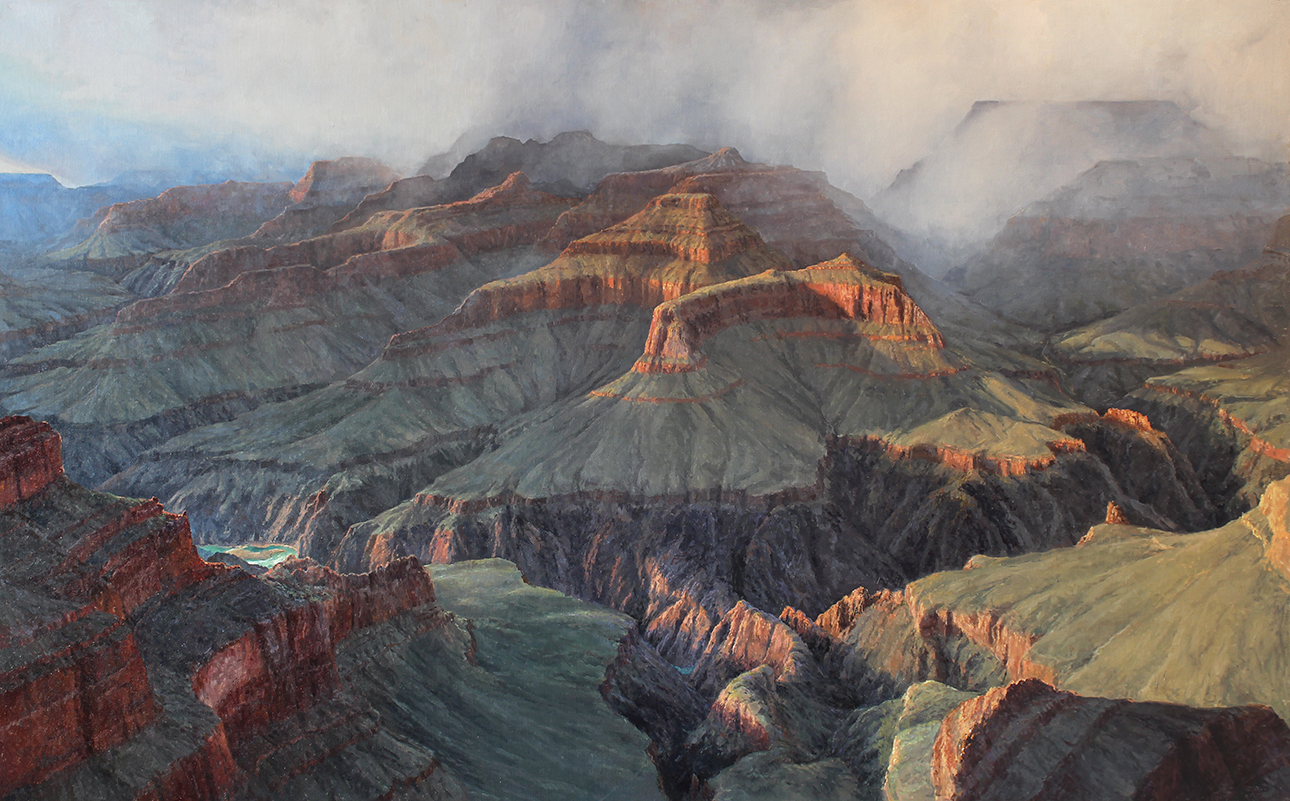 The Navajo practice of sandpainting is one of the most symbolic, intricate, and beautiful visual art forms to evolve out of Native American culture. Like most objects in American Indian society, these paintings are considered alive and spiritual in nature, rather than static representations of their beliefs.
The Navajo practice of sandpainting is one of the most symbolic, intricate, and beautiful visual art forms to evolve out of Native American culture. Like most objects in American Indian society, these paintings are considered alive and spiritual in nature, rather than static representations of their beliefs.
So, how exactly does Navajo sandpainting work, and what is the history behind it?
Ceremony in Art
Members of the Navajo tribe use sandpainting as an integral element of healing ceremonies. The Medicine Man produces sandpaintings to call on the gods for help and serve as a portal for the spirits to deliver guidance and aid. These creations depict different elements of Navajo mythology, such as sacred objects, places, stories, dances, and ritual chants.
Art as a Spiritual Entity
As we mentioned before, Native Americans view sandpaintings not necessarily as works of art but as mediums through which the gods can transmit their healing powers. As a Navajo Medicine Man, it is your responsibility to memorize sets of distinctive, detailed scenes—with exact holy images, colors, placements, etc.—to correspond with specific ceremonies and rituals.
The sandpainting chosen by the medicine man is specifically selected as the best and most suitable one to heal the patient. Once created, the patient then sits on the painting as the medicine man performs the correct healing chant, to enlist the gods to return the patient to the source of tribal power and energy.
Celebrating Tradition Through Permanent Art
The first permanent Navajo sandpainting is generally credited to a medicine man in the 1950s, Fred Stevens. In collaboration with other artists, he developed a method to adhere sand to board, allowing sandpaintings to be made for sale. The dry sand the artists use is colored with ground natural pigments from crushed rocks, pollen, plants, flowers, and other elements of nature.
To see how Native American artists have evolved to use other types of painting and contemporary art mediums, make a trip to the Faust Gallery! Our vast display of work includes examples of historic and modern American Indian art inspired by both traditional and present-day culture.
Stop in to see our current exhibition or shop our gallery online to find the next piece for your collection!
